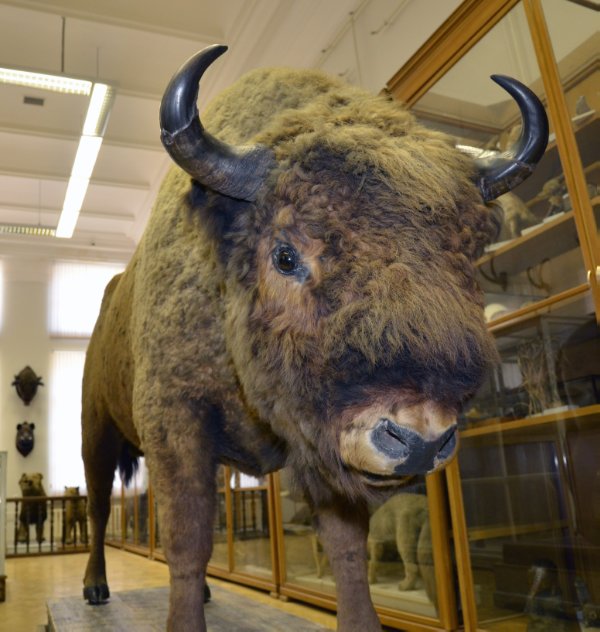
The Museum was reconstructed from the Natural Science Study, which was stipulated by the University Statutes of 1804. Initially it included zoological, botanic and mineralogical collections kept in the University Library. It was situated in the ground floor of the south-eastern wing of the Main building. However, the collections appeared much earlier.
In the end of the XVIII century Prince G.A.Potyomkin-Tavrichesky planned to establish university in Yekaterinoslavl in accordance with the order of Catherine II. Collections of animals, plants and minerals were gathered for the site of learning. But in 1798 Pavel I ordered to give them to Kazan Gymnasia, which was a basis for Kazan University.
According to the report of 1819 made by adjunct V.I.Timyansky, the Natural Science Study collection consisted of 133 samples of mammals and birds, reptiles and fishes, arthropodals and worms. That collection of non-systematized exhibits marked the beginning of Museum organizing.
In 1806 professor K.F.Fuks started giving a lecturer course on Zoology and Comparative Anatomy to thirteen students; among them there was the future famous writer S.T.Aksakov. Professor Fuks was the first museum supervisor. At that time the museum acquired K.I.Bronner's conchiologic collections consisted of 578 tests. It was also the time when the museum began collaborating with taxidermist F.A.Istomin.
Professor E.I.Eikhvald, Corresponding Member of St. Petersburg Academy of Sciences and future Honorary Member of Kazan University, played a great role in the Museum development in 1823-1827. In his time the Museum got the first systematized zoological and paleontological collections, which he gathered himself during the expedition to Aralo-Caspian Region. He established the Study of Comparative Anatomy, the basis for contemporary section of invertebrates. The first systematic catalogue of the collection called "Inventory of Kazan Emperor University Zoological Study" was also complied at that time.